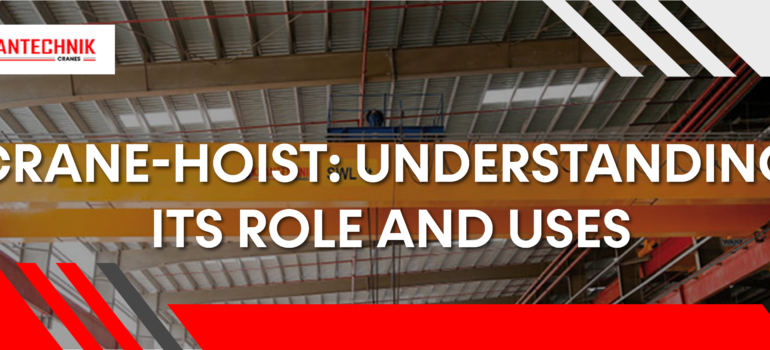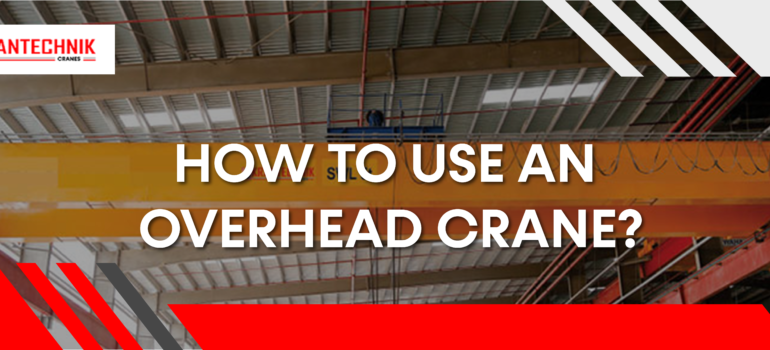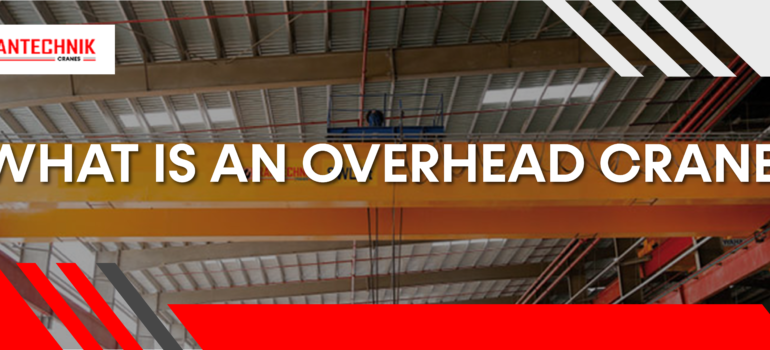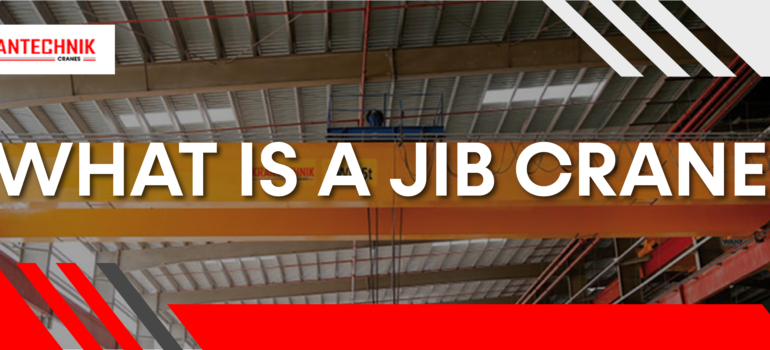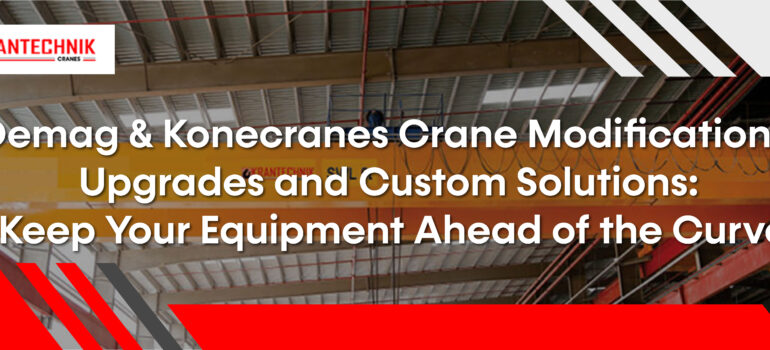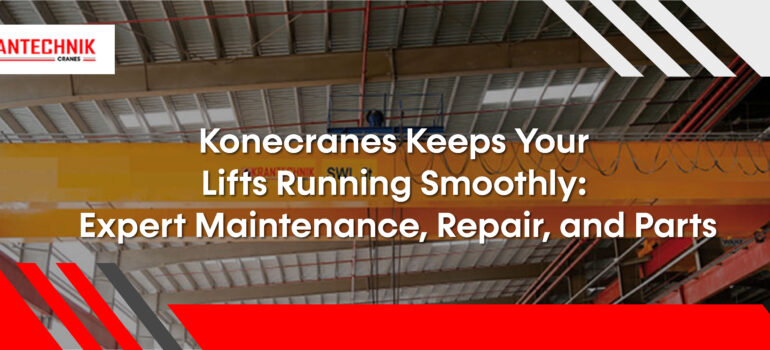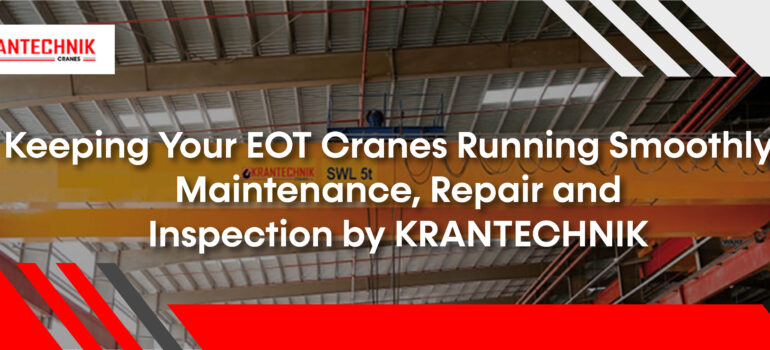What Is a Crane-Hoist and How Is It Used?
Crane hoist are vital equipment used in a variety of industrial environments because they can precisely and effectively lift and transport large objects. To fully utilize them and ensure safe operation, it is essential to understand their types, applications, maintenance needs, and components.

